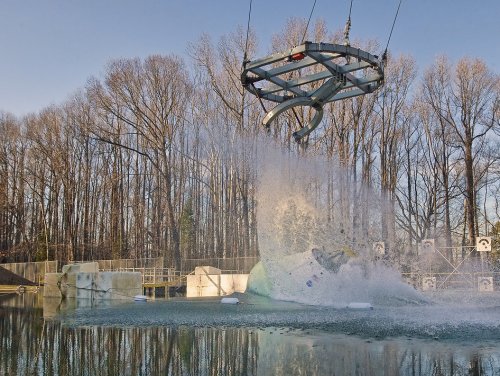Jos Heyman
ACCESS: Top Secret
- Joined
- 15 February 2007
- Messages
- 597
- Reaction score
- 57
Various press reports state that the 7th splash test was conducted on 1 December 2011.
I have tried to determine the dates of the first six test from other press reports:
#1: 12 July 2011 (confirmed)
#2: 21 July 2011 (flight number not confirmed)
#3: 2 August 2011 (flight number not confirmed)
#4: 18 October 2011 (flight number not confirmed)
#5: 27 October 2011 (confirmed)
#6: 6 or 8 November 2011 (date and flight number not confirmed).
Can anybody confirm/correct the above?
I have tried to determine the dates of the first six test from other press reports:
#1: 12 July 2011 (confirmed)
#2: 21 July 2011 (flight number not confirmed)
#3: 2 August 2011 (flight number not confirmed)
#4: 18 October 2011 (flight number not confirmed)
#5: 27 October 2011 (confirmed)
#6: 6 or 8 November 2011 (date and flight number not confirmed).
Can anybody confirm/correct the above?

